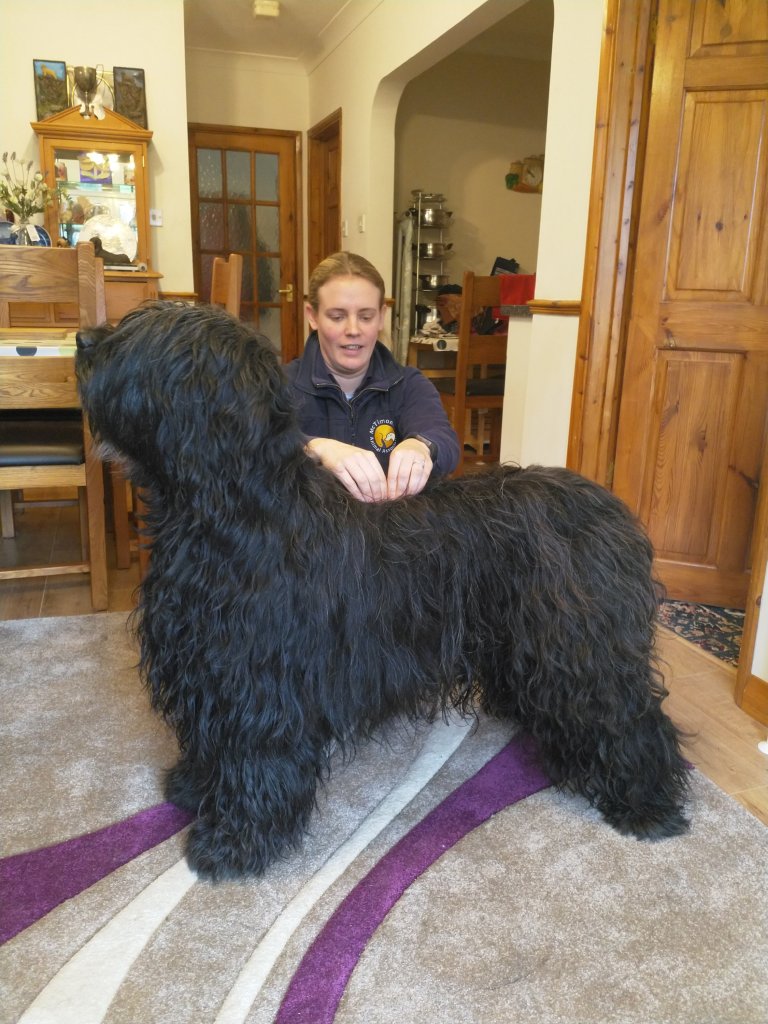Why do we recommend maintenance sessions? Why should we bother?
As mentioned in a previous post, treatment of animals by anyone other than a vet is governed by the Veterinary Surgeons Act 1966. This legislation states that physiotherapy (remember, physiotherapy is a cover all term used to include a range of musculoskeletal techniques) may be carried out on an animal if the animal has been examined by a veterinary surgeon, who then prescribes physiotherapy as a suitable treatment (UK Government, 2015). This is the legislation that the idea of the vet led team is being built on, and refers to the treatment of animals suffering current disease or injury. Recently, the RCVS has clarified their position on the treatment of animals for maintenance and performance using physiotherapy – indicating that healthy animals who are receiving musculoskeletal treatments purely for wellbeing and to improve function and performance do not require veterinary referral.
When is it a maintenance treatment?
First thing to do is ensure that your animal is not lame, injured or suffering from any other medical condition – in all these cases, they will need examining by a vet first. If your animal is generally well in themselves, we can carry out a maintenance or well being session. In certain circumstances, animals with on going medical conditions will also undergo maintenance sessions to prevent deterioration of that condition – this will occur after referral from a veterinary surgeon and will support any treatments the vet is also providing.
Why should we have maintenance treatments?
- General wellbeing
- Supporting return to exercise
- Improving mental wellbeing
- Performance optimisation
- Supporting change in exercise
- Injury prevention
- Competition Preparation
- Improving function and mobility
- Support of long term conditions
When regular maintenance checks are carried out, the animal’s musculoskeletal system is supported to keep working at its optimum performance. This can help to maintain muscle and joint function and in turn prevent injury. This is not only important for our sporting and competition animals but also our happy hackers and pets. Regular checks also allow for early identification of dysfunction, allowing these niggles to be treated appropriately before they become a real issue for your animal.
When is it no longer maintenance?
If your animal develops a new injury or illness, this will always be referred directly back to the vet. Also, if we do not see the function or performance improvements that we are expecting, this also needs investigating by a vet, as it could indicate an underlying condition that has not yet been diagnosed. Equally, if your animal is displaying aversive behaviours during sessions, this could indicate discomfort or pain, which would need investigation and diagnosis. It may be that following veterinary investigation, musculoskeletal treatment can continue, but this step in the process is really important, for the health and welfare of the animal.
Even if your animal is undergoing maintenance treatments from a musculoskeletal therapist, they must still be registered with a veterinary practice. North Downs Animal Therapy will still contact your vet prior to commencement of maintenance sessions, so they have a record of any treatments your animal is receiving.
An example:
Debra has a number of dogs, including her home-bred Briards. Throughout the year she does a number of shows, including the all-important breed classes at Crufts. None of Debra’s dogs have any on-going or underlying health issues but I will visit the dogs, usually a few weeks before a big show, just to iron out any niggles and ensure that they are all performing at their best for the big day.

Another example:
Emily breeds and produces event horses. Throughout the eventing season, I will visit Emily’s yard once every 5 weeks and assess all the working horses in the yard. This allows us to discuss their performance at recent competitions and put together plans for upcoming events. We can keep track of any behavioural, gait or performance patterns we are seeing and either treat the small niggles or refer back to the vet as needed. The work that these horses do means that we want to be one step ahead of any problems that may arise. The frequency of my visits also allows me to check in on the young horses if Emily has any concerns, or if their work load/level is changing throughout the season. All of the horses have a ‘put to bed’ session at the end of the season and also a pre-season check. Emily has a fantastic team working with her including myself, massage therapist, farrier, riding instructors and vet – we all collaborate together to help her horses. Whilst this may sound like a lot of work, the beauty of a plan like this is that often I find the horses do not need a treatment every time I visit – the maintenance sessions work!


Reference
UK Government, 2015, The Veterinary Surgery (Exemptions) Order 2015, [online], available at https://www.legislation.gov.uk/uksi/2015/772